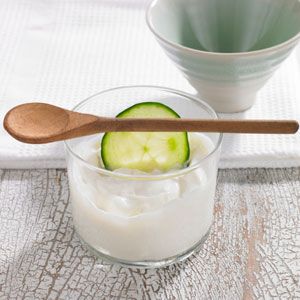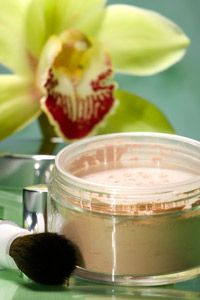Today, you can find tea tree oil in everything from your shampoo to your deodorant, and it has the potential to improve your skin by treating acne, psoriasis, eczema and many other conditions. And aside from helping your skin, tea tree oil has been used to treat everything from bad breath and dandruff to staph infections and genital herpes.
Tea tree oil has a long history of medicinal use. The practice of applying tea tree oil comes from Australia, where Aborigines have been using it as an antiseptic to treat cuts and burns for thousands of years. By using a steam process, the oil is distilled from the leaves of a tree called Melaleuca alternifolia, which was given the name "tea tree" by Captain Cook of Britain when he noticed natives using its leaves to make tea. (The tea tree actually has nothing to do with Camillia sinensis, the plant we use to make popular drinks such as black tea and green tea.) Later on in the early 20th century, tea tree oil became the antiseptic of choice for most Australian doctors. Its popularity diminished, however, when antibiotics were discovered, but the plant gained recognition again when doctors realized that some bacteria were resistant to certain antibiotics [source: American Cancer Society].
Advertisement
Despite its benefits as an herbal medicine, tea tree oil doesn't come without side effects, and it's important to use the oil correctly or you could end up in the hospital. Some reactions associated with tea tree oil are rather severe, and while it can be used to treat allergies, it can also cause them [source: National Institutes of Health].
As long as you know what to use it for, tea tree oil can be a good thing to have around the house. It can help improve your skin and get rid of athlete's foot at the same time. Just make sure to keep it out of the reach of children. If you want to find out more about the many uses of tea tree oil, keep reading.
Advertisement


